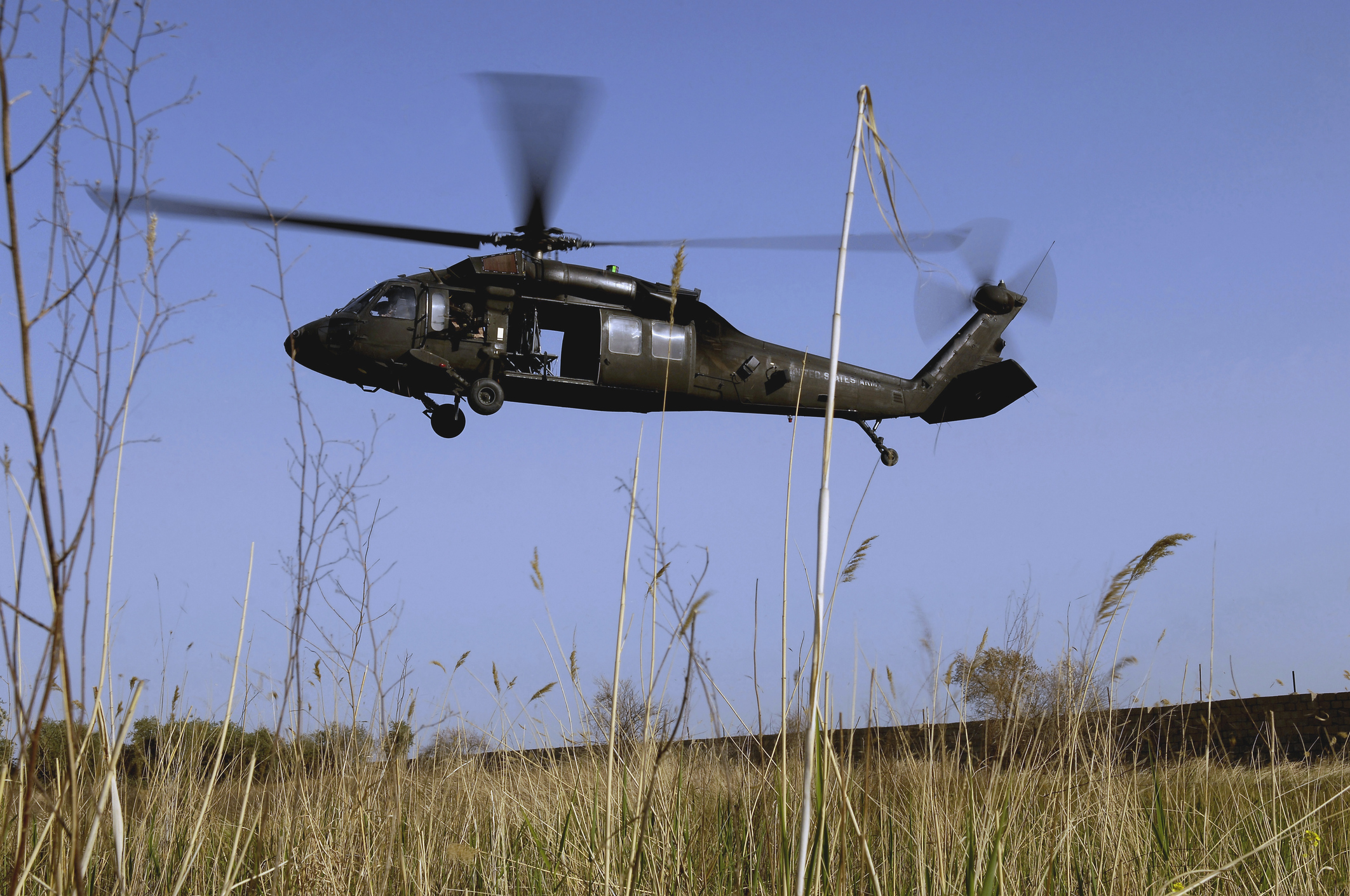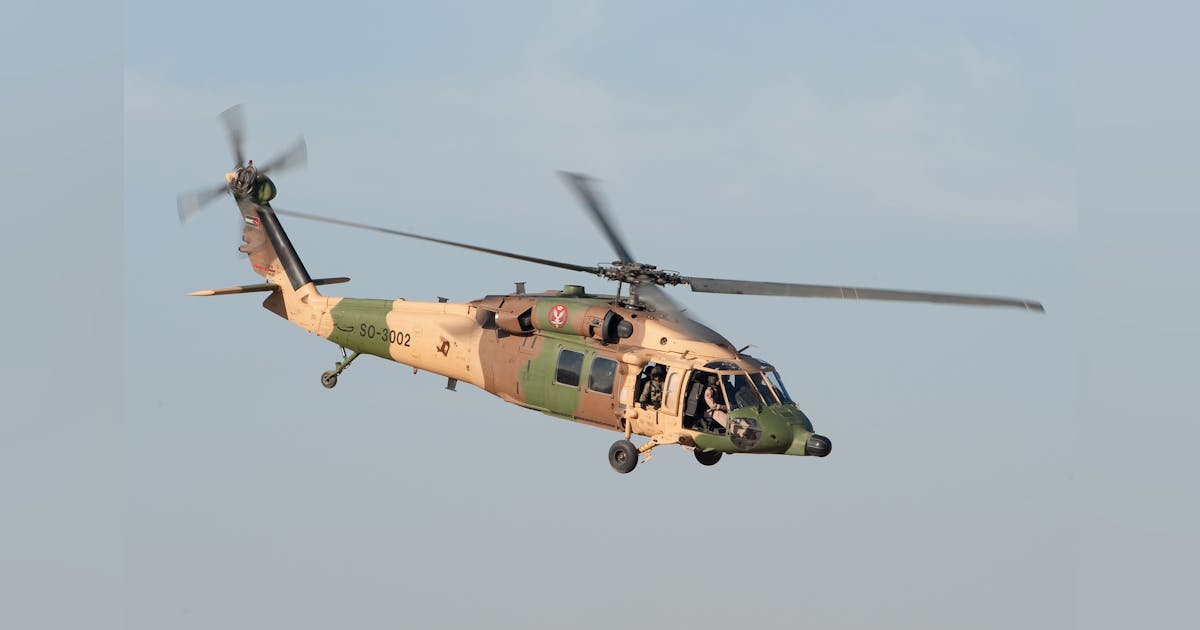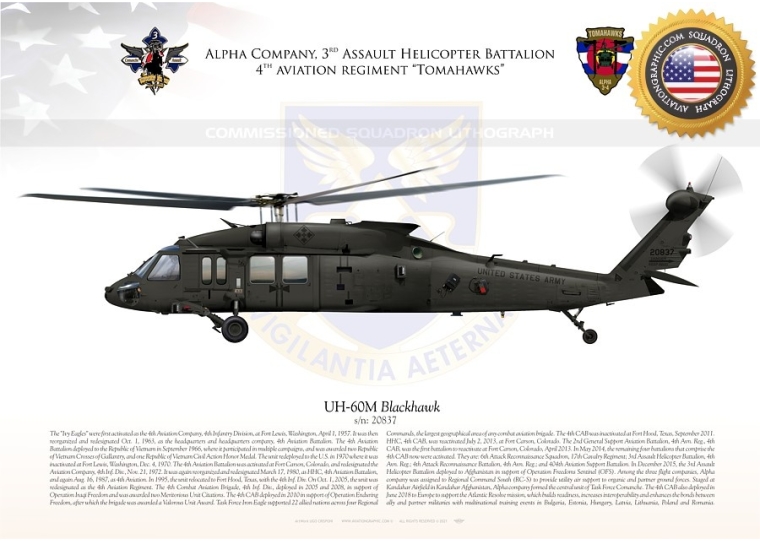The UH 60: Exploring Its Role in Modern Military Operations and Versatility
The UH 60: Exploring Its Role in Modern Military Operations and Versatility
Blog Article
Discovering the History and Evolution of the UH 60 Helicopter

Beginnings of the UH-60
The beginnings of the UH-60 helicopter can be traced back to the late 1960s, a duration marked by the requirement for a versatile utility aircraft that can adapt to the advancing demands of modern warfare. The U.S. Military acknowledged the need for a substitute for the older UH-1 Iroquois, which was ending up being increasingly insufficient for the complexities of modern battle situations. In 1967, the Army initiated the Energy Tactical Transportation Aircraft System (UTTAS) program, which sought to develop a multi-role helicopter efficient in numerous objectives, including troop transportation, medical emptying, and logistical assistance.
The UH-60 Black Hawk was presented, showcasing ingenious layout aspects and advanced technology that set it apart from its predecessors. The UH-60 rapidly acquired acknowledgment for its robust performance, reliability, and adaptability, leading the means for its comprehensive use in military procedures and solidifying its standing as a keystone of United state Military air travel.
Key Design Features
Ingenious style features of the UH-60 Black Hawk significantly add to its functional performance. One of one of the most noteworthy elements is its twin-engine setup, which improves dependability and offers a greater power-to-weight proportion, enabling the helicopter to do under numerous conditions. The airplane's four-blade primary blades system provides boosted lift and maneuverability, vital for tactical objectives.

In addition, the cockpit is developed for ideal visibility and comfort designs, including advanced avionics that simplify pilot operations. The modular design of the UH-60 permits for simple maintenance and flexibility, making it appropriate for numerous goal profiles, from troop transport to medevac operations. These vital style features ensure that the UH-60 Black Hawk continues to be a flexible and trusted possession in armed forces aviation, efficient in meeting the demands of modern war.
Technical Improvements
Current technological improvements in the UH-60 Black Hawk have actually dramatically enhanced its functional capabilities and convenience. The combination of sophisticated avionics, such as electronic trip control systems and enhanced situational awareness displays, allows pilots to run with raised accuracy and efficiency. These systems facilitate boosted navigation, interaction, and information sharing, making it possible for the helicopter to operate successfully in varied settings.
In addition, the intro of composite products has actually reduced the total weight of the airplane while keeping architectural honesty. This decrease boosts fuel efficiency and expands operational range. The incorporation of advanced rotor innovation, including making use of four-blade, totally articulated rotor systems, has improved lift efficiency and ability to move, permitting better handling in different trip conditions.

Additionally, improvements in propulsion systems, such as the T700-GE-701D engines, have actually raised power output and reliability - uh 60. These engines add to exceptional performance in hot-weather and high-altitude problems
Lastly, the combination of self-defense systems and enhanced sensor plans boosts the Black Hawk's survivability and mission performance. Jointly, these technological renovations make certain that the UH-60 Black Hawk stays a crucial asset in contemporary air travel, with the ability of adjusting to the evolving needs of altruistic and army missions.
Function in Military Workflow
As the foundation of united state Military aeronautics, the UH-60 helicopter plays an essential duty in numerous armed forces operations, serving as a versatile platform for battle assistance, transport, and medevac missions - uh 60. Its style includes the capacity to run in varied settings, making it vital for army activity and logistical assistance in both traditional and unique warfare

In medical discharge scenarios, the UH-60 has confirmed read very useful, considerably minimizing the moment to transfer damaged soldiers from the combat zone to clinical centers. Its innovative avionics and evening vision capacities additionally this hyperlink ensure mission success under tough problems. Generally, the UH-60 helicopter remains an essential property, constantly adapting to satisfy the progressing demands of army operations and enhancing the performance of U.S. pressures worldwide.
Future of the UH-60
Looking ahead, the future of the UH-60 helicopter involves considerable improvements in technology and abilities designed to improve its operational efficiency. As military operations advance, the UH-60 is expected to include advanced modern technologies, including boosted avionics, enhanced tools systems, and progressed communication devices. These enhancements will permit for higher situational recognition and objective flexibility, making sure that the UH-60 continues to be an important property on the battlefield.
One significant growth is the integration of fly-by-wire systems, which will boost trip control precision and decrease pilot work. Initiatives to update the airframe and engines intend to increase variety, rate, and haul capacity, thus increasing the helicopter's functional scope.
The future also holds promise for enhanced interoperability with unmanned aerial systems (UAS), allowing collaborated objectives that take advantage of both manned and unmanned abilities. Furthermore, the consolidation of fabricated knowledge and artificial intelligence can maximize trip characteristics and upkeep processes, resulting in decreased operational prices.
Final Thought
The UH-60 Black Hawk helicopter stands for a substantial accomplishment in armed forces aviation, evolving from the united state Military's initial requirements for a functional energy aircraft. Its innovative layout attributes and constant technological advancements have actually ensured its relevance in see this here numerous armed forces operations over the years. As the demands of modern war modification, the future of the UH-60 will likely include further improvements and adaptations, enhancing its standing as an essential asset for militaries worldwide.
The UH-60 Black Hawk helicopter stands for a significant landmark in armed forces aeronautics, emerging from the United state Army's quest for a much more versatile and reliable energy aircraft in the late 20th century.The beginnings of the UH-60 helicopter can be traced back to the late 1960s, a duration noted by the requirement for a versatile utility airplane that could adjust to the evolving needs of modern warfare. Overall, the UH-60 helicopter stays a vital possession, continually adapting to fulfill the evolving needs of army operations and improving the effectiveness of U.S. pressures worldwide.
Looking in advance, the future of the UH-60 helicopter involves considerable advancements in innovation and capacities designed to improve its functional efficiency.The UH-60 Black Hawk helicopter stands for a considerable accomplishment in military aviation, evolving from the United state Army's preliminary needs for a versatile utility aircraft.
Report this page